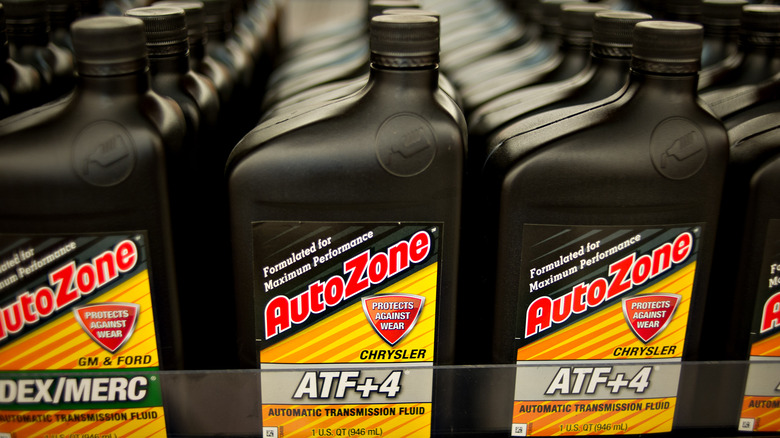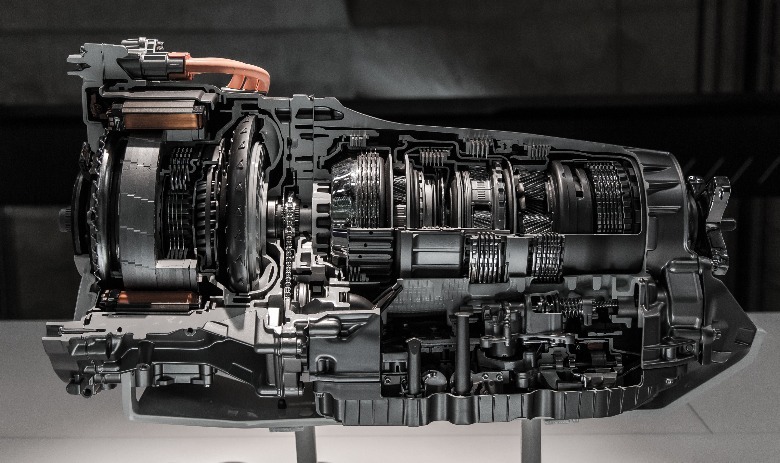How To Choose The Right Automatic Transmission Fluid For Your Car
The automatic transmission in a modern vehicle is a symphony of electrical, mechanical, hydraulic, and computer-controlled components. It has pumps, clutch packs, planetary gearsets, a torque converter, and a computer that holds everything together — responding to the wishes of your right foot.
With periodic care and maintenance, most automatic gearboxes can last over 200,000 miles without issues, especially if you avoid doing things that could lead to early transmission failure.
However, the lifeblood of any automatic transmission — whether talking about a conventional step-grade automatic, dual-clutch gearbox, or continuously variable transmission (CVT) — is the ATF, or automatic transmission fluid. Like the oil inside the engine, the automatic transmission fluid does more than lubricate moving parts.
The ATF is a hydraulic fluid that enables gear shifting and engaging the clutch packs to deliver acceleration. It flows easily from -40 to about 400 degrees Fahrenheit to combat wear, friction, and corrosion in the clutch packs and gearsets. Like the engine oil, the automatic transmission requires periodic draining and replenishing to maintain the same level of protection throughout its useful life.
Automatic transmission fluid types: Which is best for my car?
The right type of automatic transmission fluid will depend on the type of gearbox, as well as the make and model of your car. Automatic transmission fluids come in many varieties with different additives, viscosities, and friction coefficients, making it critical to always choose the right type for your vehicle.
There are three common types of automatic gearboxes: The conventional step-type automatic (with four to ten forward gears), the dual-clutch (DCT), and the CVT — and each type requires a unique blend of ATF to deliver maximum performance and longevity. The most common type of ATF is the Dexron VI (GM)/Mercon V (Ford)/ATF+4 (Chrysler/FCA), which are generally ideal for most step-grade automatic gearboxes.
Meanwhile, dual-clutch automatics typically require synthetic transmission fluids designed to work with DCTs. These fluids are generally fully synthetic formulas with anti-shudder and anti-wear agents to help the gearbox deliver smoother, lightning-fast gear changes that drivers demand from dual-clutch gearboxes.
Lastly, continuously variable transmissions (CVT) require high-quality CVT fluid, which differs according to the manufacturer. The easiest way to tell what ATF is best for your car is to consult the owner's manual to determine what type of automatic transmission is in your car, and the fluid type required. Experts recommend a fluid change every 60,000 to 100,000 miles, but it never hurts to drain the ATF earlier for heavy-duty or performance vehicles.



